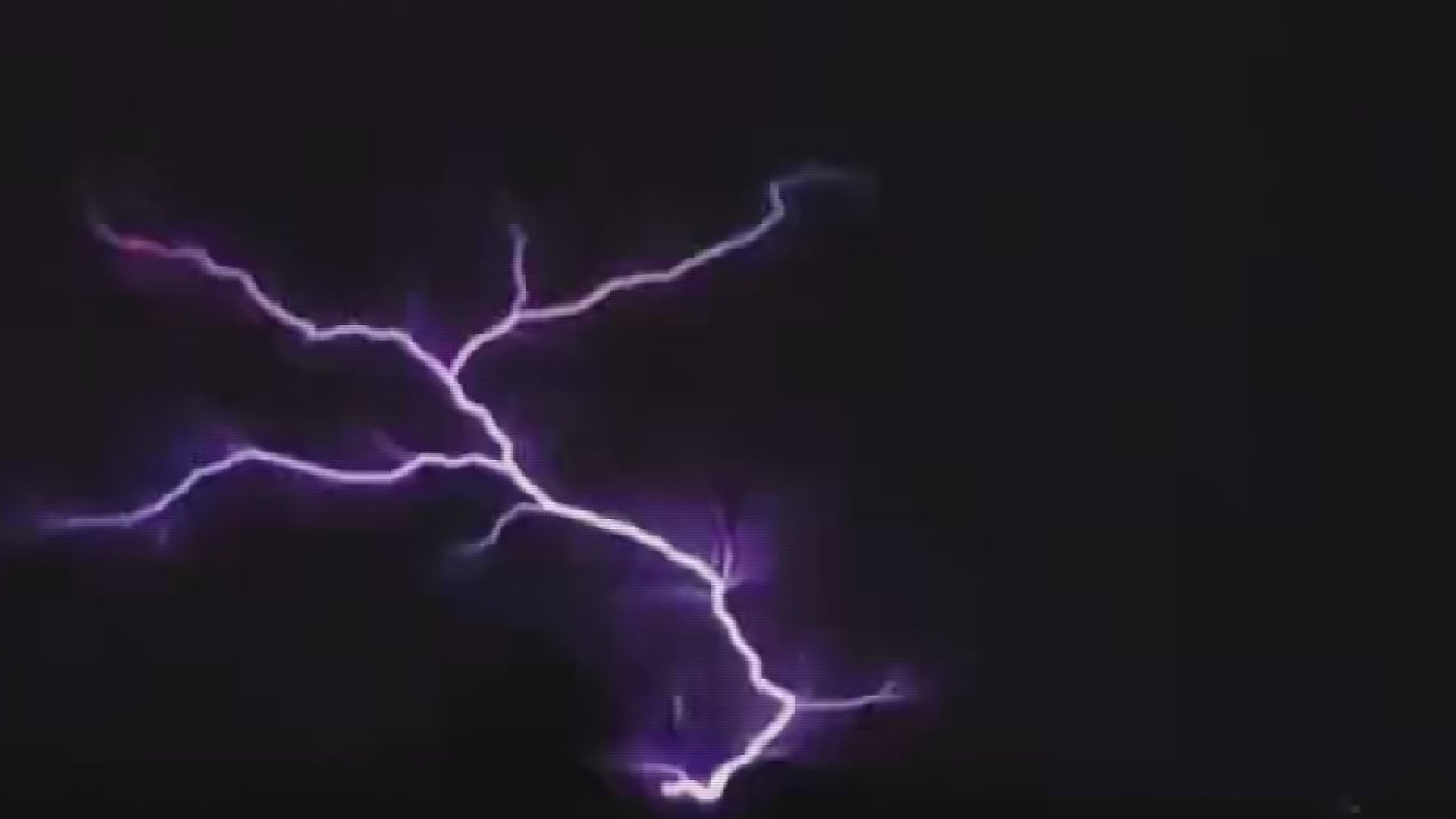TAMPA, Fla. — As Hurricane Idalia churned toward Florida, members of the Air Refueling Squadron with the U.S. Air Force caught video of a weather phenomenon known as St. Elmo's Fire.
Not to be confused with the 80s movie or hit song, St. Elmo's Fire is a "glow on a masthead produced by an extreme buildup of electrical charge," according to the National Weather Service.
The 50th Air Refueling Squadron captured video of it as crews prepared for Hurricane Idalia, and posted it on X (the platform formerly known as Twitter). They described it as "a weather phenomenon in which luminous plasma is created in an atmospheric electric field."
According to the American Meteorological Society, St. Elmo's Fire happens "when the environmental electric field is high, typically at the tips of sharp conductors that enhance the electric field."
As electrical engineer William Beaty explained to Scientific American, "St. Elmo's fire is seen during thunderstorms when the ground below the storm is electrically charged, and there is high voltage in the air between the cloud and the ground. The voltage tears apart the air molecules and the gas begins to glow."
It got its name from "Mediterranean sailors who regarded it as a visitation of their patron saint, Elmo (Erasmus)," according to AMS.
The good news is that it's considered a good omen.
Hurricane Idalia made landfall Wednesday in Florida as a Category 3 storm and unleashed devastation along a wide stretch of the Gulf Coast, submerging homes and vehicles, turning streets into rivers, unmooring small boats and downing power lines in an area that has never before received such a pummeling.
Idalia came ashore in the lightly populated Big Bend region, where the Florida Panhandle curves into the peninsula. It made landfall near Keaton Beach at 7:45 a.m. as a high-end Category 3 hurricane with maximum sustained winds near 125 mph (205 kph).
Material from the Associated Press was used in this report

